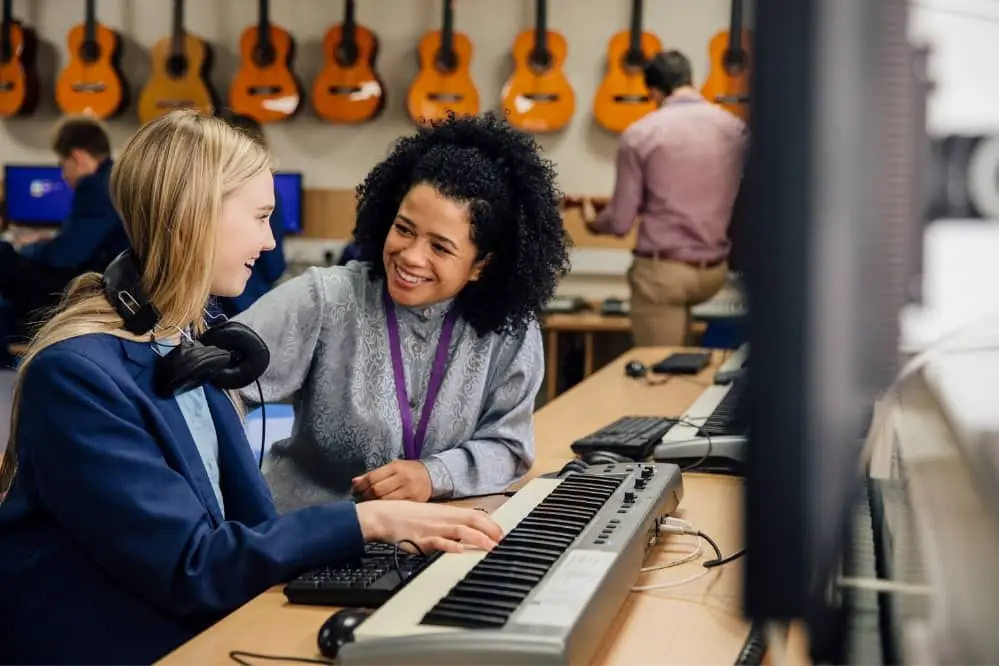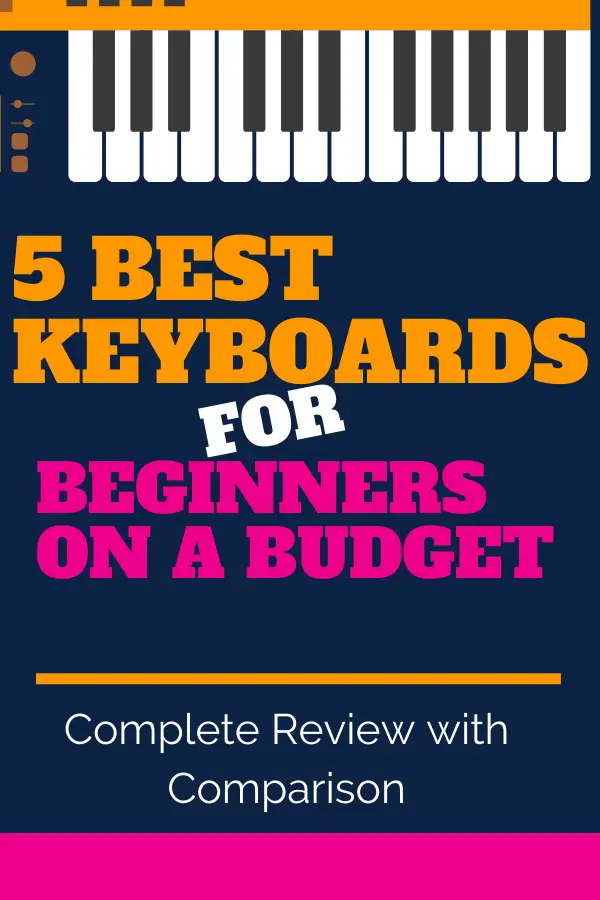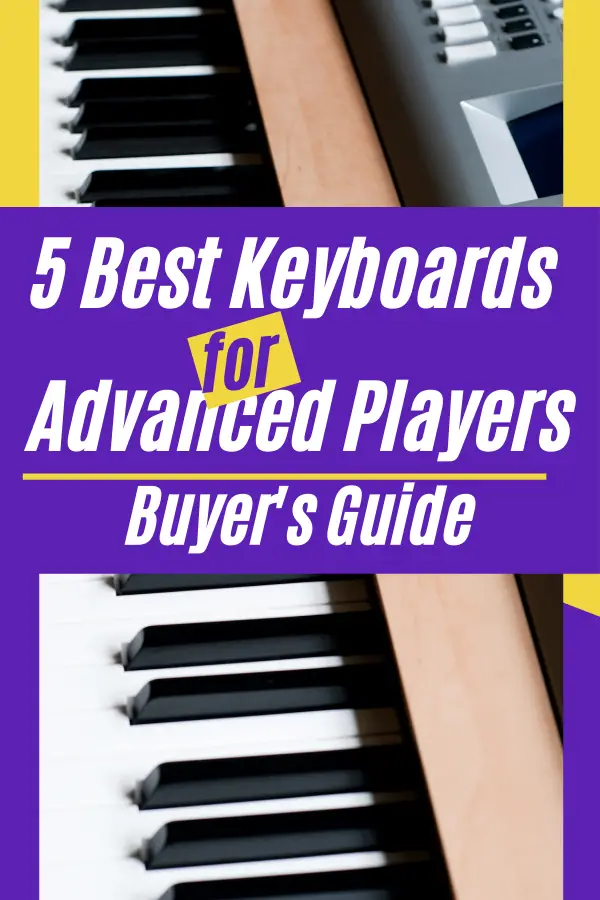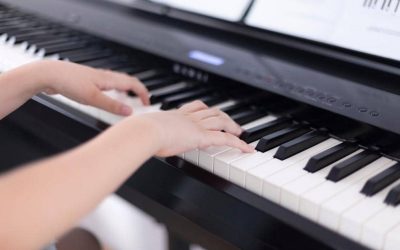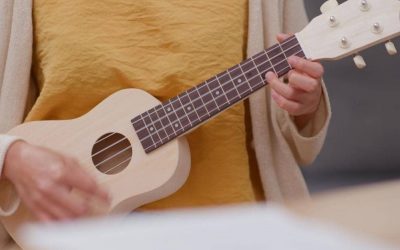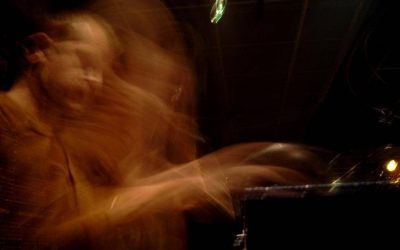From Rachmaninoff to “Rocket Man,” Charlie Parker to “Piano Man,” Liszt and Gershwin to Lady Gaga and countless more galore, piano composers and players were and are among our greatest stars. We count them among the greatest artists of all-time – but have you ever counted how many keys are actually on those pianos of theirs?
While pianos and harpsichords before them vary in size, a modern full-size piano has 88 keys, which is still recommended for those looking to play the piano as a long-term profession or passion. That being said, if you look at the piano and keyboard market today, you’ll see that there are a large number of keyboards that have fewer keys.
So what’s behind this difference in keyboard size and key amounts, what are the pros and cons of each, and which one is right for you?
88-Key Keyboards
As mentioned, this is the standard size for piano keyboards. Rock, classical, jazz, or musical theatre, it doesn’t matter – if they’re playing professionally, they’re doing so on an 88-key piano.
If you think 88 is an oddly arbitrary number, it’s actually the product of solid musical sense. The 88 keys represent the notes we can hear at different octaves on the musical spectrum. Adding more – at least given how we understand pianos and the science of sound today – would likely just produce notes that are barely perceptible to the human ear if at all.
A few companies have tried going beyond that. The Australian company Stuart & Sons produced the first nine octave, 108-key piano in 2018, and the longtime Austrian piano maker Bösendorfer has manufactured 97-key pianos for some time now. Still, 88 keys and seven octaves is the standard arrangement nearly everybody uses.
Of course, it wasn’t always like this. Remember how we said that pianos and especially harpsichords of the past varied in size? Mozart played on instruments with only five octaves, as did Beethoven during the earlier part of his career. It was later in Beethoven’s career that the full seven we know today were incorporated as piano technology and expanded pianos began to take off. Steinway manufactured their 88-key piano in the 1880s, which has since become the standard model for all pianos around the world, containing the 52 white keys and 36 black keys piano players of every genre know, love, and use today.
These are also the most expensive keyboards, since they are both the standard size as well as the one most in demand.
76-Key Keyboards
Now that we’ve built up the importance of the standard keyboard so much, you might well wonder how you could ever possibly do without all 88 keys. While the long-term answer is, of course, that you can’t (and we’ll explain why in a bit), the short-term answer is simply that you don’t need to know every last key on a piano keyboard to begin playing. In fact, a keyboard with a lot of keys can feel overwhelming to a new player.
This is one reason why smaller keyboards exist, especially in digital keyboards. They allow people to start learning on keyboards that don’t feel as overwhelming as a full 88-key set. In addition, they tend to be less expensive than the standard keyboards, which is always a nice touch when you are just starting out. After all, the last thing you want to do is pay for something if you are not sure that you are going to use it. This is especially true when it comes to musical instruments, which can easily cost hundreds if not thousands of dollars – and even more for some of the most elite pieces in the world in which the big stars play.
Obviously you aren’t there yet, so there isn’t any harm in cutting costs, corners, and yes, a few keys – is there?
Well, mostly not, but there is the fact that, as mentioned below, doing this can make it a bit harder to play your craft as you progress to the upper stages of piano play. You can progress into intermediate piano playing skills with this kind of keyboard.
61- to 66-Key Keyboards
Still less expensive and more slimmed down are pianos with 61 to 66 keys. These shave another octave off your piano. Again, Mozart only had five octaves on his piano, so that doesn’t mean you can’t play beautiful music, but it does mean that you are now restricting yourself far too much to progress to the point where you’d likely be able to play advanced pieces such as Mozart in the first place.
That being said, these keyboards aren’t necessarily marketed as being meant for Mozart-minded musicians. Instead, they are offered as inexpensive beginner level pianos, and in that regard they do just fine – just don’t expect too much more out of them.
49-Key Keyboards
Chances are you already know someone who plays a piano this small, though you wouldn’t know it from the way this piano usually sounds. Schroeder from Peanuts sure loves his Beethoven – even when annoyed at Lucy for flirting with him – but have you ever stopped to wonder how a child manages to play his “Moonlight Sonata” so flawlessly? Doesn’t that seem too good to be true?
Well, it is, because Schroeder’s really playing a toy piano, closer to the 49-key model used as the bare bones minimum listed here. Of course, the magic of cartoons and animation allow him to “play” Beethoven nonetheless. You can actually hear the difference in A Charlie Brown Christmas, when Lucy bothers him so much while trying to play “Jingle Bells” in first a grand piano and then organ fashion that he taps his piano so basically that it emits the jingly limited range that a real toy or 49-key piano could ever reach.
That’s basically the tradeoff that you make with a 49-key keyboard. It is still less expensive than the 76- and 61- to 66-key models, making it the equivalent of the kind of inexpensive toy pianos Schroeder would have “really” played. At the same time, we all associate Schroeder with “serious” music and Beethoven – so much so that upon visiting Beethoven’s grave, he put a Charlie Brown pin there and was asked by a young German girl “Wo ist Schroeder?” and so replaced it with one of Schroeder.
You cannot expect that much from a simple 49-key keyboard, and you certainly can’t expect to play Beethoven the way Schroeder did. Still, all real-life Schroeders have to start somewhere, so if you have a child who’s as young as the Peanuts gang are, a tiny toy piano could be the start of something “grand.”
How to Choose the Right Keyboard?
It’s important to note that while the size of the keyboard is significant, it doesn’t change the beauty of the music being played. Sure, Mozart had fewer octaves available to him than Beethoven, but that doesn’t make “Rondo Alla Turca” any less of a piece than “Fur Elise.” We don’t measure Beethoven’s “Moonlight Sonata” against Debussy’s “Clair de Lune” based on how many keys they used but how they’re both incredible lunar pieces that lift our soul to the heavens when played to perfection.
That’s what you should be focusing on most of all in your early stages as a piano player – learning how to play the notes you have perfectly. Every concert pianist, jazz musician, and rock and pop star you see who plays the piano does so knowing exactly where each key is, what note it makes, and how it mixes and interacts with all the others. Having that same sense of awareness and just being “in tune” with how your piano works is essential to good piano playing at any level in any genre.
That’s why 88 keys is the most common suggestion. You develop mental habits and muscle memory playing the piano as long as is necessary to learn it. Having to learn on a bigger piano can cause you to have to “relearn” some of those positions and finger movements.
The other options really depend on how much confidence you have that you or your child will continue with the piano. If your child is very young and you have no idea if they’ll continue with it, the 49-key piano might make sense. On the other hand, if your children are older or have shown more adamant interest, the 61- to 66-key models or 76-key one might make sense.
That said, an 88-key keyboard is still your best overall bet. It is the keyboard you will need if you are going to play professionally or even have ambitions of playing the more complex and intriguing pieces that make the piano such an amazing instrument. Sure, the above pianos are less expensive, but think how much more it will cost to replace them as your child outgrows them if they stick with the piano.
As such, if you have any inkling that your child’s piano passions may be permanent, an 88-key keyboard may be music to their ears for a long time to come.

